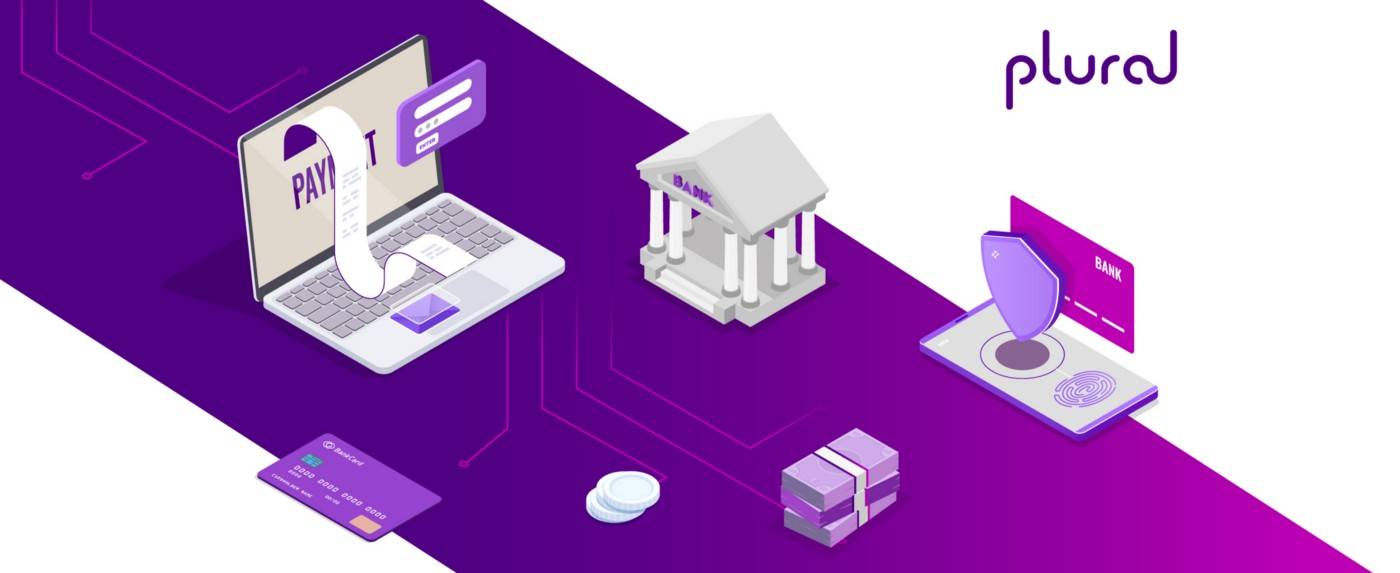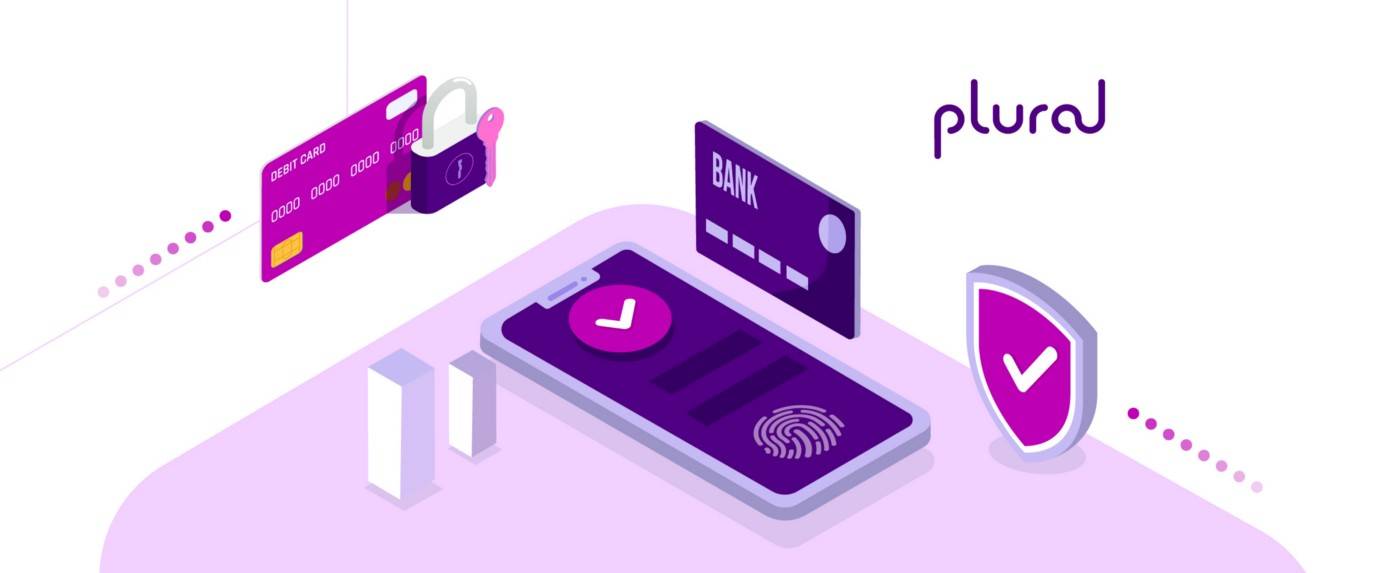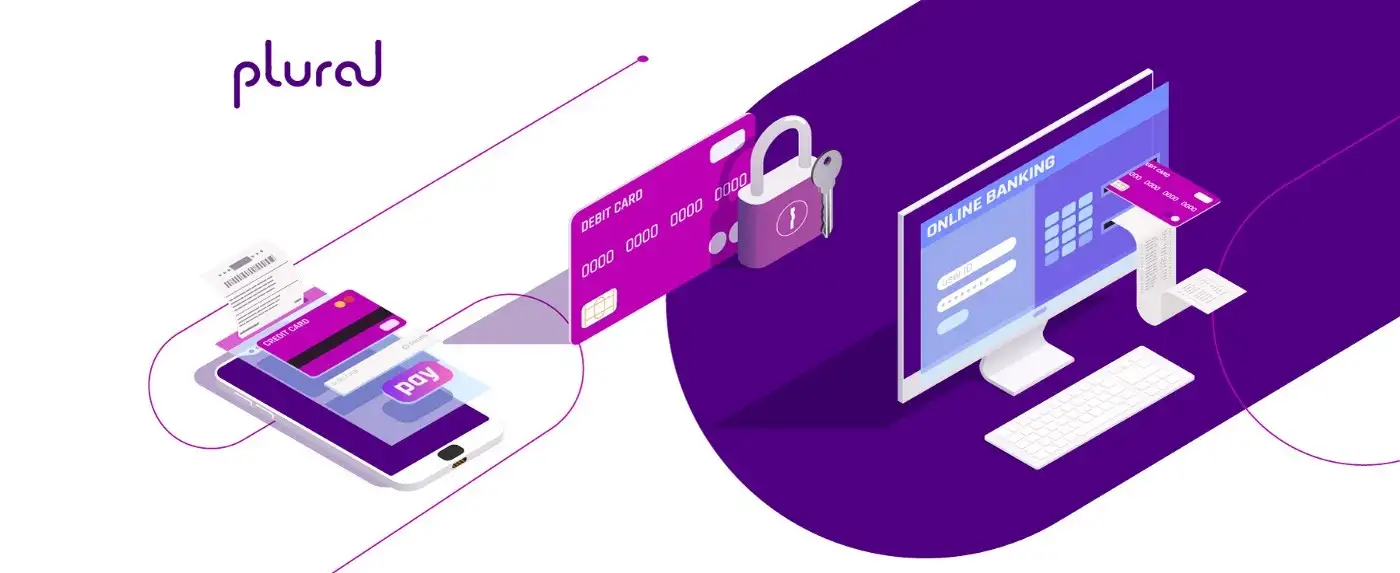The world runs on digital payments today. Net banking, UPI, cards, and wallets — you name it — digital payments have come to command the world of eCommerce like never before. In fact, the total digital payments transaction value around the globe is expected to reach $8.49 trillion by the end of 2022.
In this equation, payment gateways (PGs) have emerged at the forefront of facilitating convenience. By providing secure, authenticated, and verified channels for online monetary transactions, payment gateways have catalysed the assimilation of the digital payment landscape around the world. That said, there are certain appendages at the tail-end of payment gateways that merchants must deal with in order to keep providing this convenience to their customers.
Accounting.
Multiple payment gateways require proportionate payment gateway reconciliation and settlement accounting that merchants must treat like a necessary “evil.” This blog covers the differences between payment gateway settlement and reconciliation. Let’s begin.
What is Payment Gateway Settlement?
Each business has an accounting cycle during which all the payments are settled — whether owed or to be credited. Payment gateways, too, fall under the ambit of this accounting cycle and have their own terms and conditions to complete a merchant settlement.
When an online order is completed using payment gateways, the request first authorises the payment from the bank. The bank proceeds to transfer the money to the gateway, from where it is required to be forwarded to the merchant.
Payment gateway settlement refers to this last leg of the online payment process — the instance in the accounting cycle when the payment gateway releases all the payments to the merchant.
What is the Payment Gateway Reconciliation Process?
Online payment reconciliation is the exact same thing as for any other financial transaction happening at a company. In accordance with the fixed accounting cycle, the payment gateway processes all the pending transactions on the merchant side, whether it be merchant payments or customer refunds.
At the end of the cycle, a reconciliation is done to verify that all the transactions processed tally with the number that the gateway reports. It matches the balance of funds with the incoming and outgoing money to arrive at a final figure, which should match the one that the payment gateway displays. This is the essence of payment gateway reconciliation.
Marked Differences Between Payment Gateway Settlement and Reconciliation
Although settlement and reconciliation may sound like similar activities at first glance, they are innately different from each other.
Below is a table that shows the salient points of differences between payment gateway settlement and reconciliation:

Types of Settlements
Payment gateways usually function with two types of payment gateway settlement processes:
1. Standard Settlement Payment Gateway
This kind of settlement depends on the issuing bank to be processed and cleared. There is a timeline of two to four working days for the standard settlement to be forwarded to the merchant after the buyer has made the purchase.
2. Instant Settlement Payment Gateway
This type of settlement is instant and takes about 15 minutes to conclude. The release of funds to the merchant is almost immediate.
Such a settlement can also be processed on bank holidays, making it extremely fast and efficient for the merchant.
Process of Payment Gateway Settlement
From the perspective of the business, the payment gateway settlement process follows the steps below:
- The customer, on the seller’s checkout page, enters their card details and verifies them for the transaction to take place.
- When verification is complete, the customer’s bank issues a debit message, and the money is transferred to the business.
- Upon the approval of the purchase, the funds then move from the customer’s bank account through the payment gateway straight into the acquiring bank account.
- The acquiring bank then forwards the funds through the payment gateway into the merchant’s bank account after it confirms the same with the card network.
- The system then generates statements and proceeds for settlements.
Statements and Transactions: How to Reconcile
Payment gateway reconciliation is the process of tallying that the transactions on the records of the payment gateway match those of your own.
Usually, a payment gateway would generate a settlement report based on the accounting cycle it follows. This report would contain the following details:
- The net amount of settlement
- The date, time, and amount of transactions
- The order ID
- The date and time of settlement
- Discount rates, if applicable
Some payment gateway settlement reports may also provide the details of any adjustments that were made to facilitate your reconciliation process. Based on this information, the accounting department can proceed with the reconciliation.
Refunds, Disputes, Settlement, and Reconciliation
For the sake of customer satisfaction and earning their loyalty, it is important to not just provide them with hassle-free payments but problem-free refunds as well.
Efficient dispute settlement is now an imperative for many payment gateways. To that end, a function that allows real-time reconciliation has now emerged, allowing merchants to view their transaction status as it happens in real-time.
This 360-degree view helps merchants cater to immediate or expedited refunds and settle disputes while keeping reconciliation updated.
Wrapping Up
The dynamics of payment gateways allow businesses to be efficient with reconciliation settlements. The real-time reconciliation functionality is adding to the advantages available to merchants and translating into a good experience for the customers as well.
To that effect, Plural Gateway is a stellar solution for facilitating payment gateway reconciliations, enabling merchants to stay updated on their books at all times. To know more, visit Plural or write to us at pgsupport@pinelabs.com.
If you are thinking of adding a multi-payment gateway to your enterprise, consider Plural your first choice!
Plural by Pine Labs has received an in-principle authorization from the Reserve Bank of India (RBI) to operate as a Payment Aggregator.

Amrita Konaiagari is a Marketing Manager at Plural by Pine Labs and Editor of the Plural blog. She has over 10 years of marketing experience across Media & Tech industries and holds a Master’s degree in Communication and Journalism. She has a passion for home décor and is most definitely a dog person.



